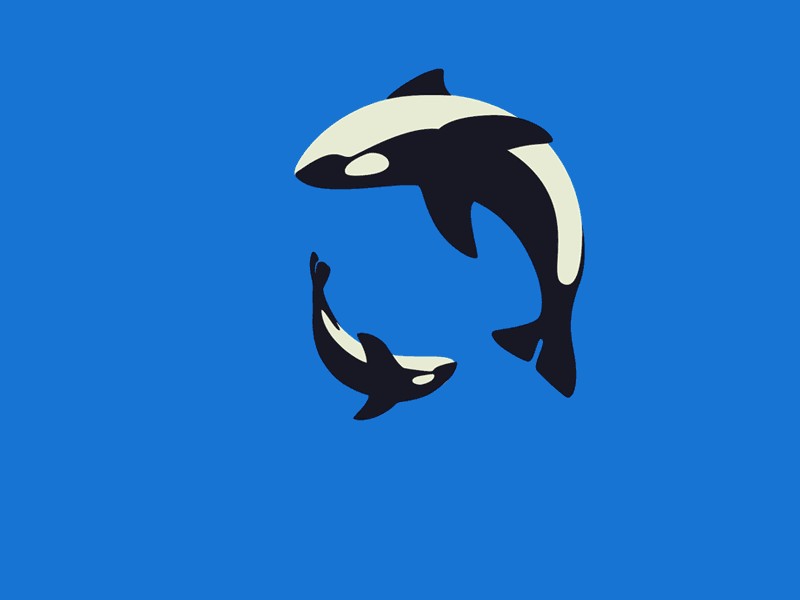Availability & Seasonality
Exploratory fishing in 1989 demonstrated the existence of commercial concentrations of swordfish within the range of Hawaii’s longline fleet. Concentrations of large swordfish around the Hawaiian Islands north of Oahu produce catches from April through July. Commercial catches are possible for several months preceding this period, usually at farther distances north of the Hawaiian Archipelago. Swordfish availability in this region may be related to the migration patterns of squid, known to be a major component of the swordfish diet. While searching for concentrations of swordfish, longliners often set gear along temperature gradients (“breaks”) indicative of intersecting water masses.
Product Forms & Yields
All sizes of swordfish (10 to 600 pounds) are captured on longline gear. The predominance of 100-300 pound fish in current landings is not surprising because the stock had never been effectively targeted previously. Most of the Hawaii swordfish catch is exported to secondary processors as a fresh, dressed product without tails (known as “Boston cut”). Although it is common for longliners to market their entire catch at one price, domestic swordfish marketers recognize price differentials for three size classes:
• 100-250 pounds, or more, dressed weight (known as “markers”) — this size is strongly preferred by restaurants because uniform-sized dinner portions can be cut with a minimum of offcuts and odd-sized portions — the center sections of large loins are the premium cuts;
• 50-99 pounds dressed weight (“pups”) — this size is less expensive than markers and the yield of uniformly-sized portions is smaller;
• 25-49 pounds dressed weight (“rats”) — this size is the least expensive but is generally not used by food service or retail buyers who require large portions of uniform size. Secondary processors provide restaurants and food service distributors with loins or “wheels” (large bone-in sections cut through the swordfish body).
They also custom-pack loin sections for retail and food service chains. “Wheels” have a longer shelf life than loins. Due to high water content, dressed swordfish can lose a significant amount of weight through drip loss (up to 3% of initial weight for markers, 2% for pups, and 1% for rats).
Shelf Life & Quality Control
Swordfish has an excellent shelf life as a fresh product, lasting up to 3 weeks after capture with proper handling. To ensure good quality and prices for their catch, most Hawaii swordfish longliners take extra precautions. These include dressing the fish, removing the kidneys, cleaning the belly cavity, and storing the fish in ice. After this initial processing, the fish is often bagged before being stored in ice. Saltwater ice is used by some boats. If swordfish is stored on its back in ice, it will retain a firmer body and will have a better overall appearance. If the fish’s head is removed just behind the eye, enough head area will remain for gaffing, resulting in less damage to the body. The highest quality dressed swordfish is firm and retains rough, grooved skin (sandpaper texture) and metallic silver in its skin color. Flesh exposed along the collar and tail will have red blood lines. The body in undamaged from handling but may show natural marks originating from several causes. For example, longitudinal scratches along the body may be left by sea lampreys, or very shallow oval wounds (“cookie cuts”) may be caused by a species of small shark. These marks do not usually penetrate to the flesh. Swordfish caught by longlines can be attacked by larger sharks, which tend to mutilate large portions of flesh. Occasionally, parasites occur that render the adjacent flesh unusable for aesthetic reasons. Simple trimming can correct this problem.
FDA Note: Swordfish have high levels of methyl-mercury so the FDA advises that pregnant women, nursing women, women of childbearing age and young children avoid eating swordfish.

